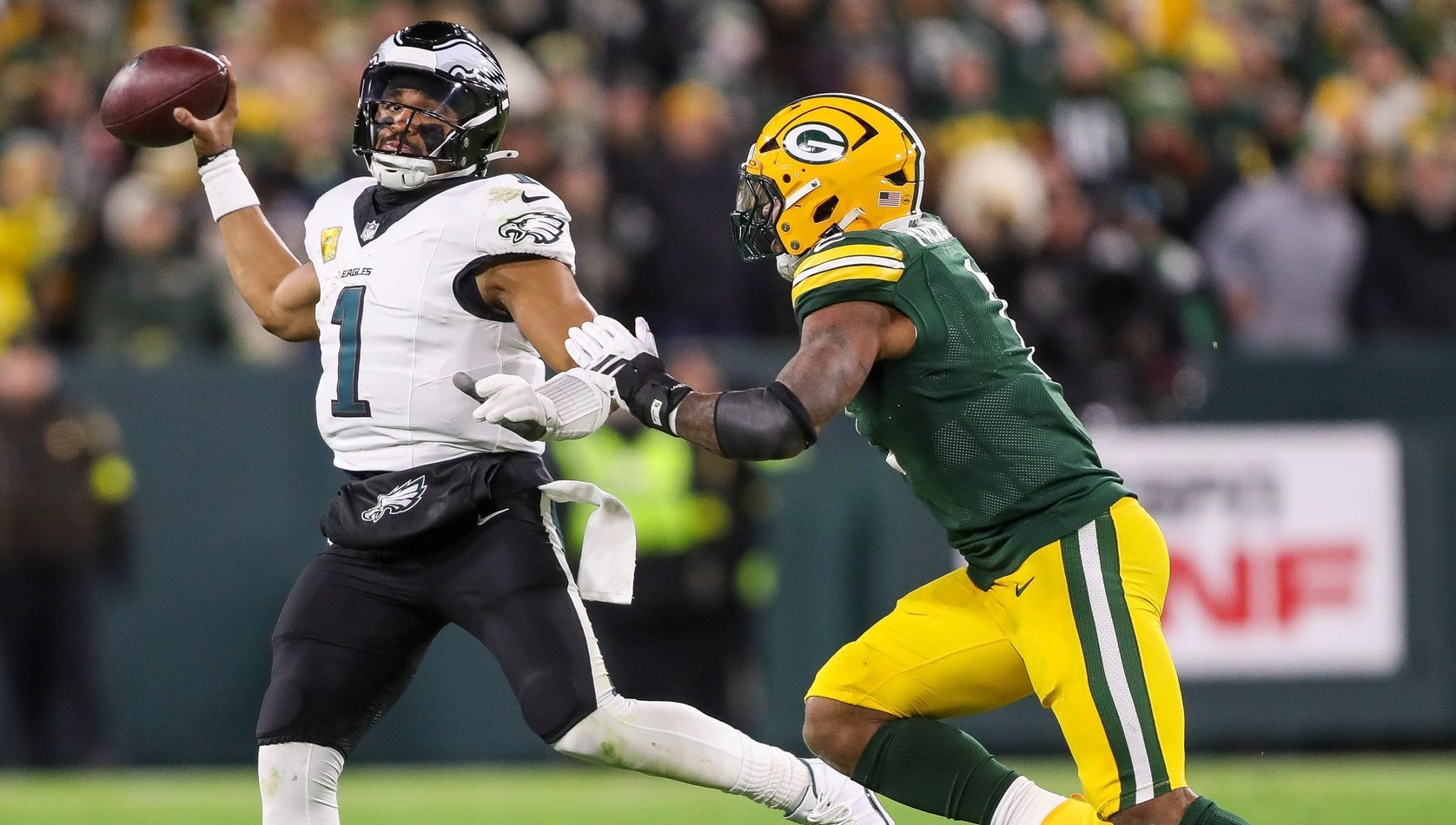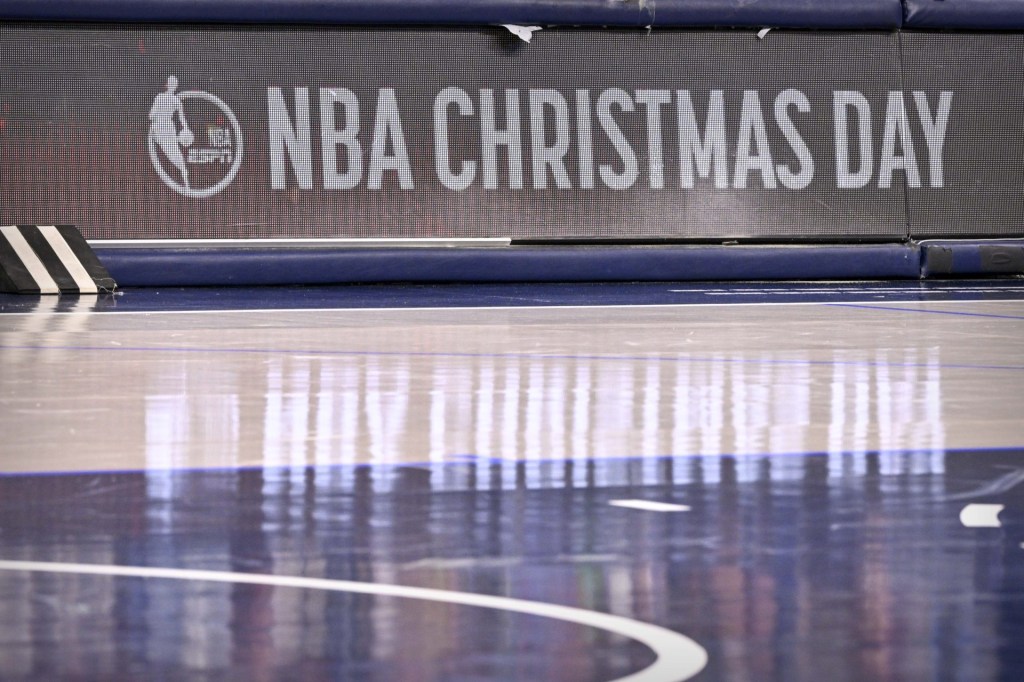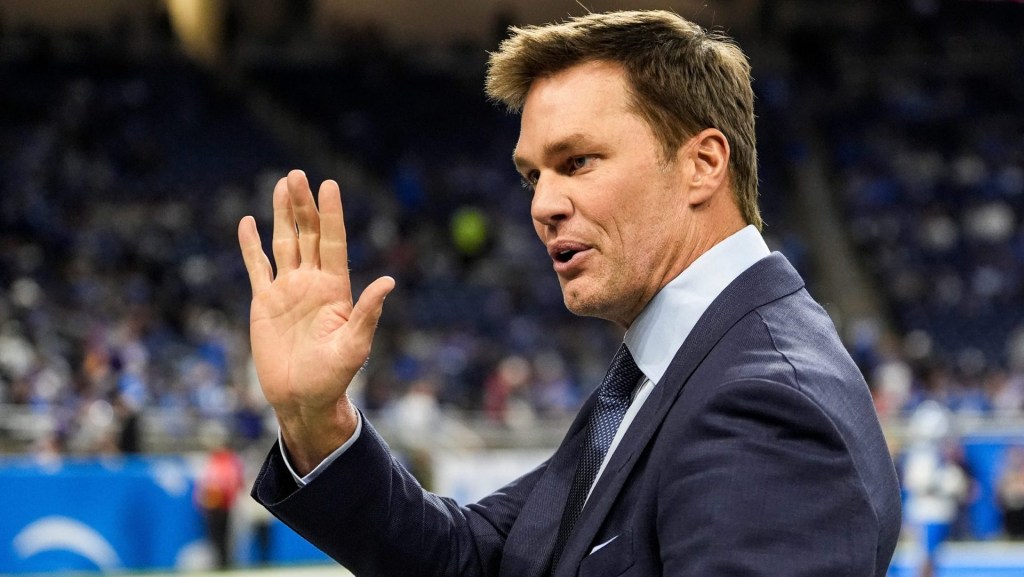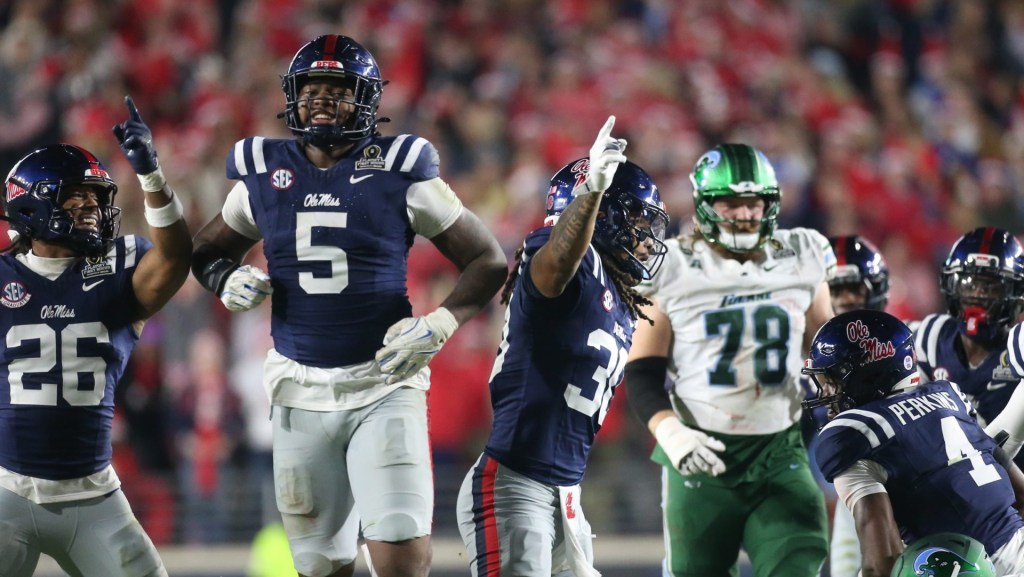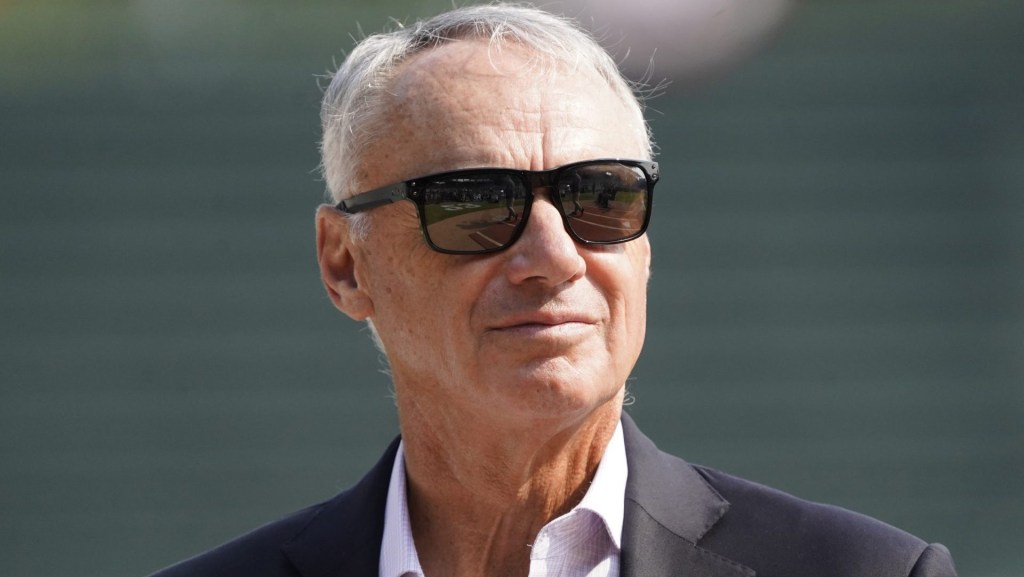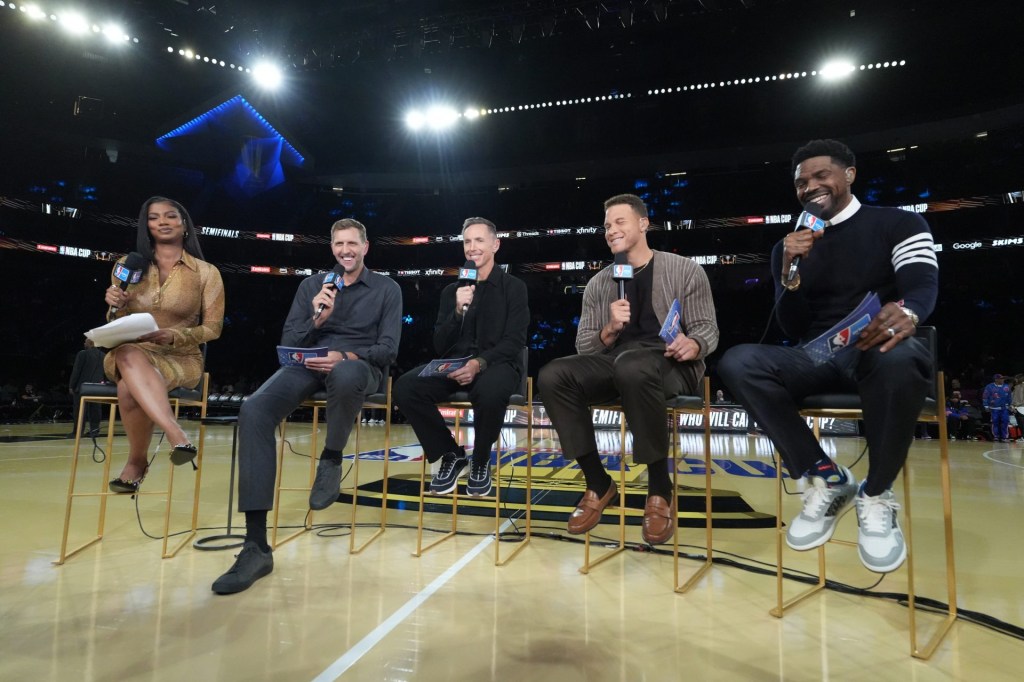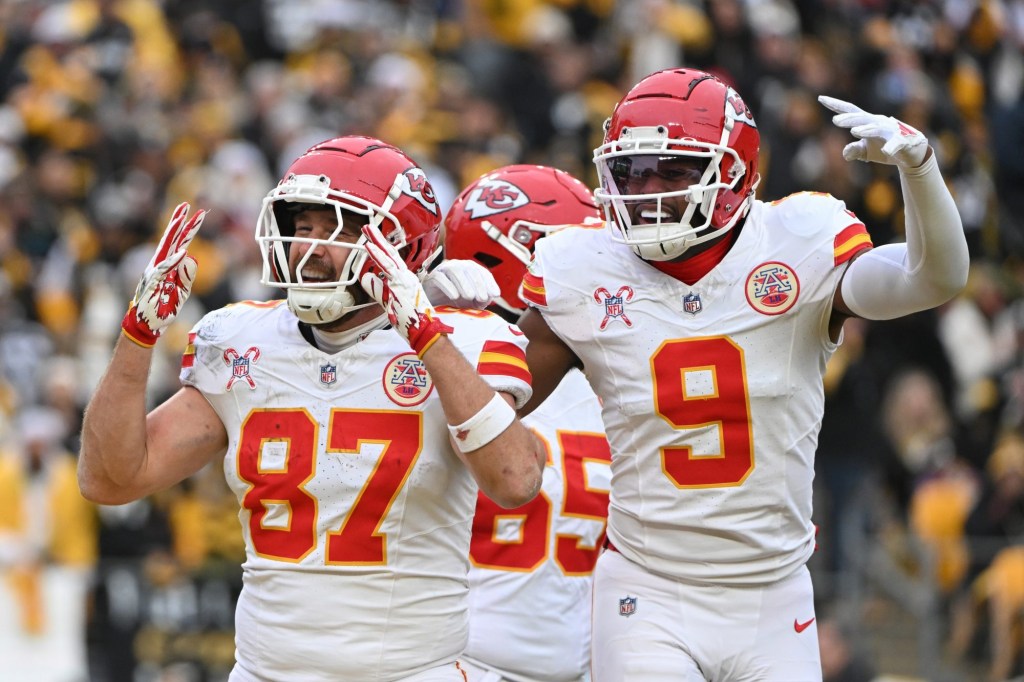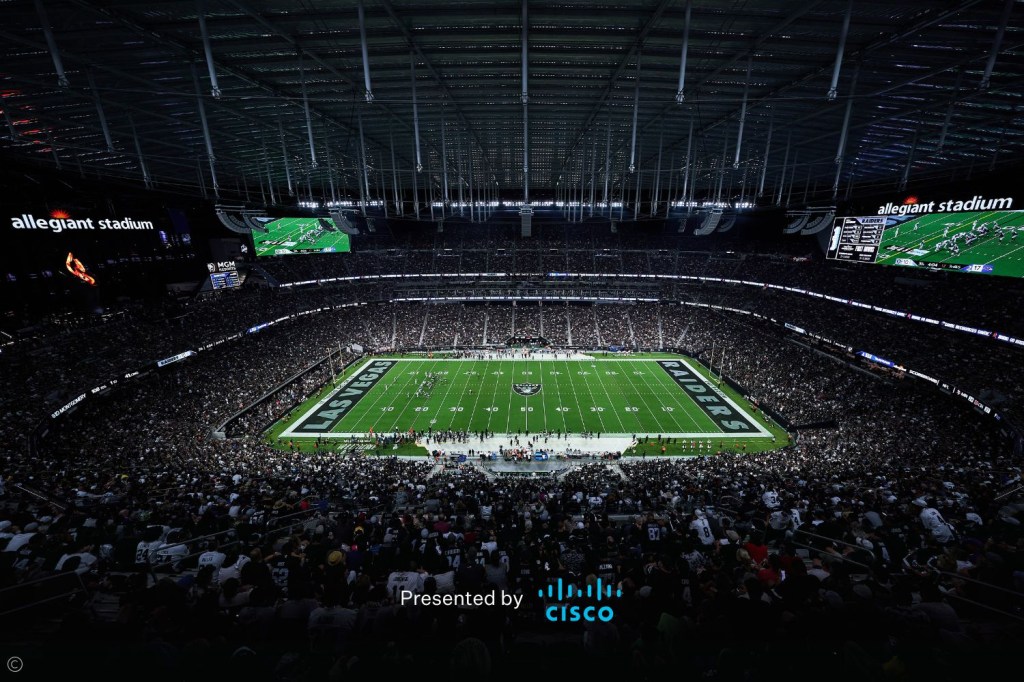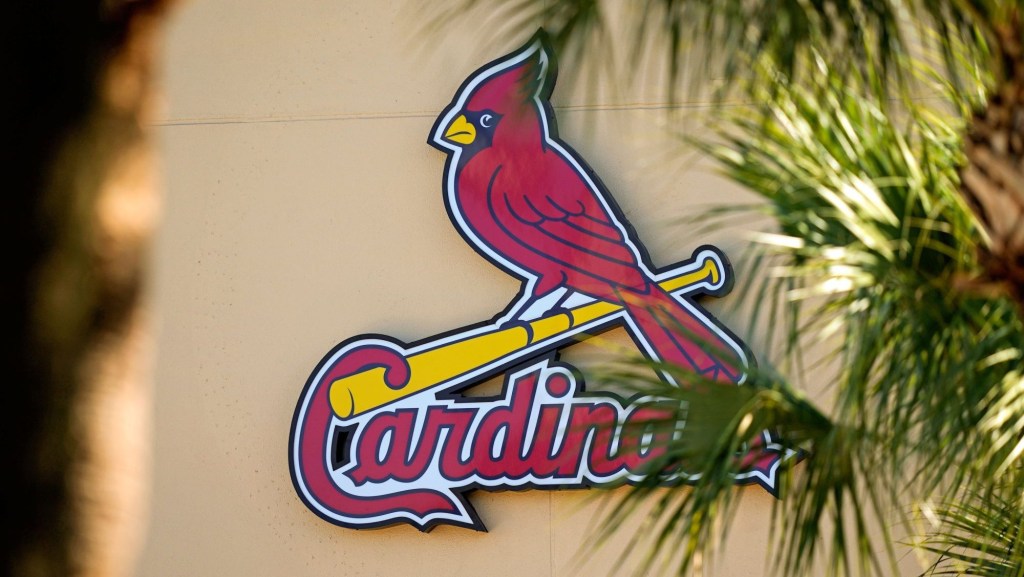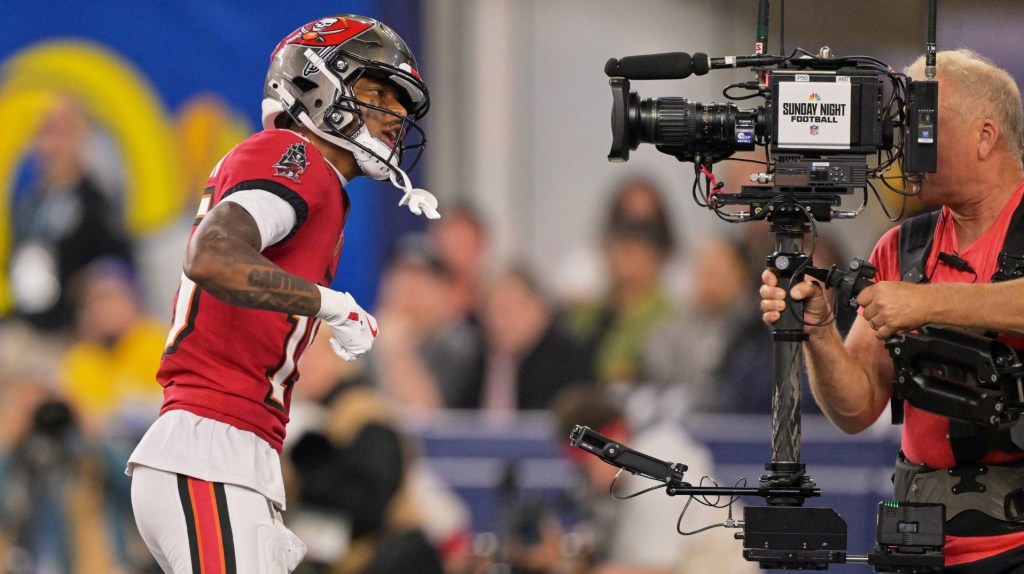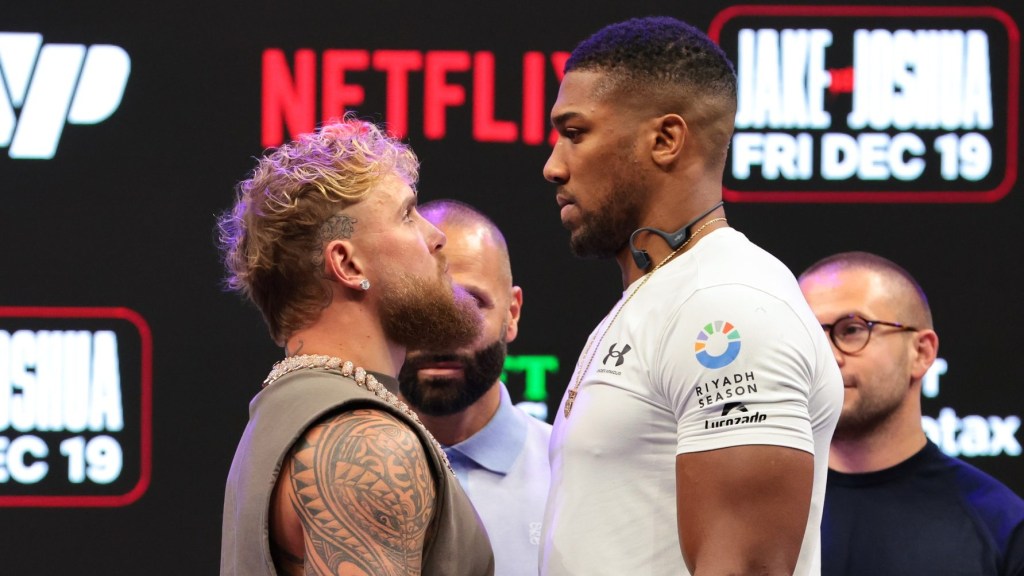Disney’s quarterly earnings reports, always closely watched events in the media business, will take on a particularly heightened level Thursday as its carriage standoff with YouTube TV continues.
The ESPN parent company will go back to Wall Street with its fiscal fourth-quarter earnings report. There is plenty to discuss between the August debut of the ESPN direct-to-consumer service, a banner viewership start to the 2025 NFL season, a pending equity deal with the NFL, and significant travel disruptions, both domestically and internationally, that could impact Disney’s theme parks business.
The prevailing topic surrounding the company right now, however, is the company’s blackout on YouTube TV, the No. 4 U.S. pay-TV distributor. As the standoff hit Day 13 on Wednesday, the two sides remain divided, though talks are continuing.
Getting to a 14th day Thursday would extend the YouTube TV dispute beyond the 13-day standoff Disney had with DirecTV last year and an 11-day one with Charter in 2023.
The financial implications are significant for both sides, as Morgan Stanley estimates Disney is losing $30 million per week without its programming being distributed on YouTube TV. The streaming service, meanwhile, recently began issuing $20 credits to its subscriber base of about 10 million, something that could become a nine-figure revenue hit.
Going into the earnings report, analyst expectations, as well as the future outlook for Disney, are quite divided.
Federal Communications Commission chairman Brendan Carr, meanwhile, has weighed in publicly after previously staying silent on the issue, tweeting this week, “Google and Disney need to get a deal done and end this blackout. People should have the right to watch the programming they paid for—including football. Get it done!”
Carr’s pressure was a factor in prior YouTube TV disputes with NBCUniversal and Fox getting resolved.
Viewership Impact
The effect of the standoff on ESPN’s football audiences, meanwhile, has also been rather mixed. The first weekend without distribution on YouTube TV brought some lower viewership for college football, though historic viewership for Game 7 of the World Series was likely a factor to some degree. A Monday Night Football game between the Cardinals and Cowboys saw viewership fall 21% from the comparable game in 2024.
The second weekend, however, presented a different story. The College GameDay pregame show rose from an average of about 2 million viewers on Nov. 1 to 2.2 million viewers on Nov. 8. Both figures, however, remain below the full-season average of 2.7 million viewers for the program. ESPN, meanwhile, aired three of the five most-watched college football games of the week, peaking with an LSU-Alabama matchup that averaged 7.5 million viewers and was the sport’s biggest draw of the week among all networks.
The Nov. 10 MNF game between Philadelphia and Green Bay—a much more attractive clash between the defending Super Bowl champion Eagles and a strong playoff contender in the Packers—averaged 20.6 million viewers and beat a comparable Dolphins-Rams game last year by 70%. The game from Lambeau Field, which was simulcast on ABC unlike the Miami–Los Angeles contest, also featured a news-free interview with Disney CEO Bob Iger on the companion Monday Night Football with Peyton and Eli on ESPN2.
